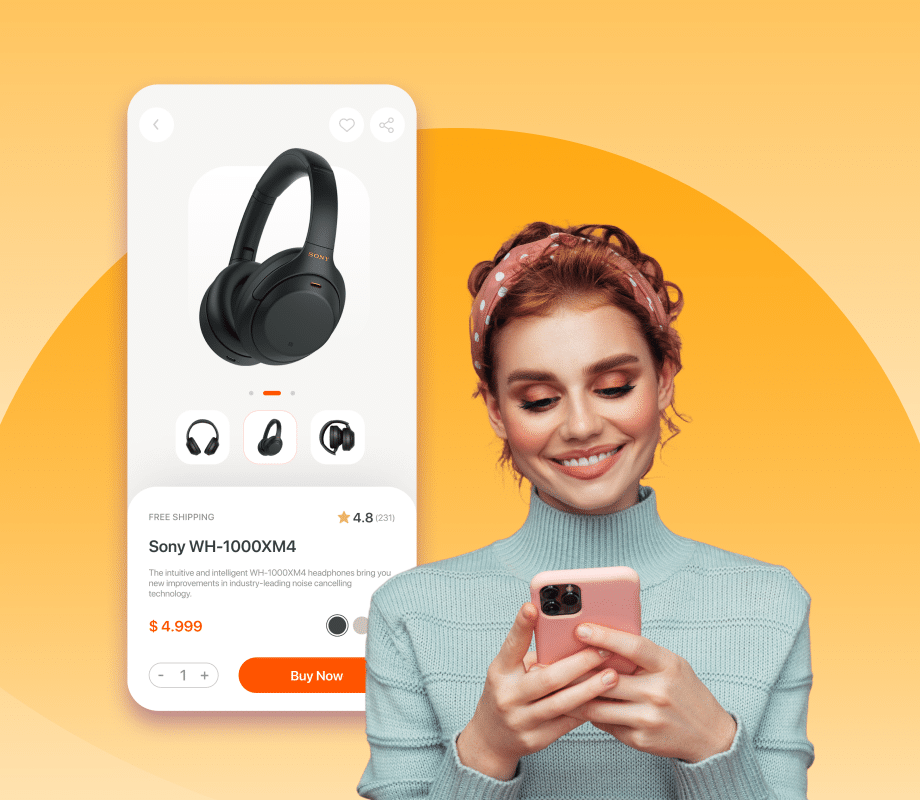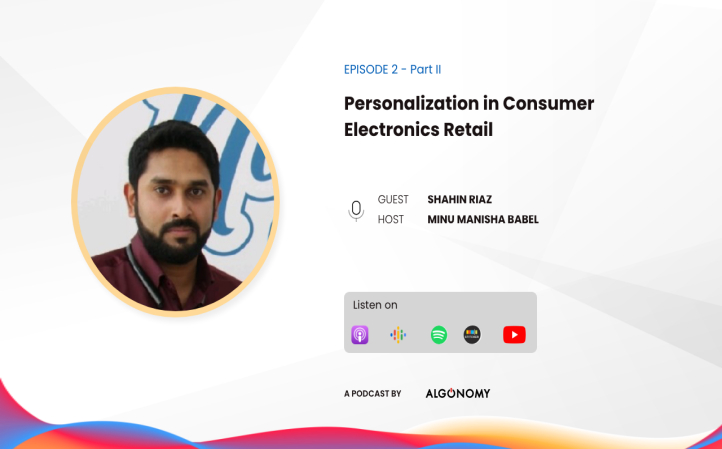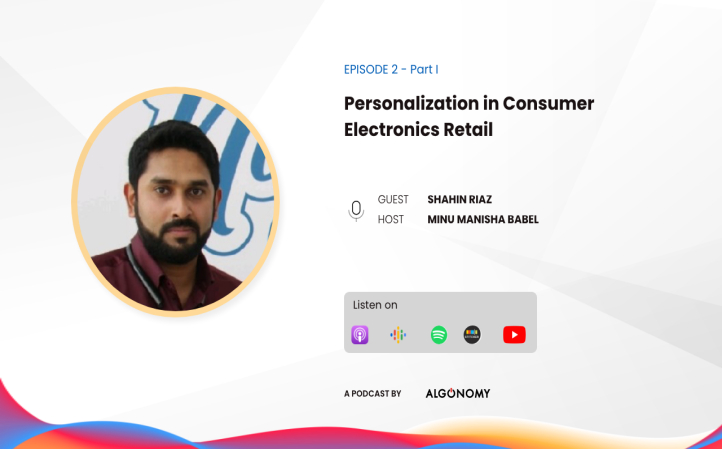Algonomy will be at  in Sweden from 7 - 8 October 2025. Pre-book a meeting to connect with our
product experts.
in Sweden from 7 - 8 October 2025. Pre-book a meeting to connect with our
product experts.
×
- Home
- Products
-
Overview

We are the ONLY Algorithmic Decisioning Platform offering a range of solutions aimed at business users across digital, marketing and merchandising.
-
- Omnichannel Customer Marketing
-
Digital
Experience Personalization
-
Personalized Recommendations and
Content
- Recommend™
- Ensemble AI
- Engage™
- Audience Manager
- Social Proof Messaging
- Guided Selling
Product Modules
-
Personalized Search and
Discovery
- Find™
- Discover™
- Agentic Commerce
Product Modules
-

Products
-
Personalized Recommendations and
Content
- Merchandising and Supply Chain Optimization
Product Categories
-
- Services
- Resources
- Blogs
- Company















 Apple Podcasts
Apple Podcasts Spotify
Spotify YouTube
YouTube Stitcher
Stitcher





